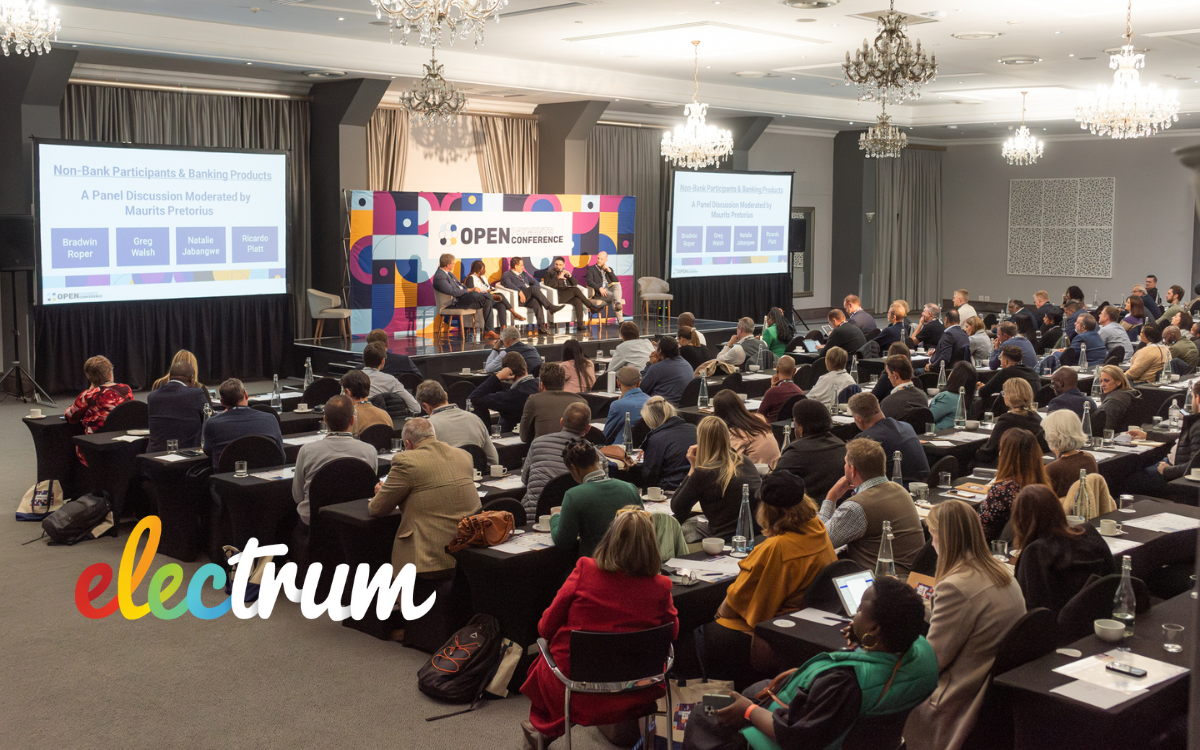
We are at a time in South Africa’s financial services journey where consumers are demanding solutions that actually solve their pain points. It is not enough to simply offer a frictionless service. Opportunities exist for businesses to innovate through truly customer-centric design in order to provide real solutions for real needs.
The value of customer-centric design is more topical than ever. It was one of the themes brought to the forefront of our minds during the recent Open Payments Conference, as well as in the Modernised Payments in South Africa Report.
In today’s payments landscape, digital banking options do exist, however, the adoption of these solutions continues to be a challenge. Over 80% of South African adults have a bank account, but many of these (more than 40%) are used as ‘mailbox’ accounts. The account is used to deposit wages and then all funds are almost immediately withdrawn as cash. This leads to the question of whether digital payment solutions are actually designed for the user.
It appears that, for many South Africans, standing in an ATM queue to withdraw cash to pay is preferred to making an online EFT. Something is slowing, or even preventing, the adoption of digital payment methods. Are new solutions and innovations designed with an understanding of why consumers continue to rely on cash?
Three factors underpin this concept of consumer-centricity: service ubiquity, trust, and future-thinking design.
1. The role of a ubiquitous service
In many cases, adoption success boils down to ubiquity. Can the consumer pay at their favourite small merchant using your digital method? Does their transport system to get to and from work support tap payments? Does their phone support the app?
When the answers to these sorts of questions are no, many currently-available frictionless digital services are simply not convenient to that person.
‘The question is, what is financial inclusion? Does it mean that people have bank accounts? Most South Africans have bank accounts, right? Can we argue that we’ve achieved financial inclusion? My argument is, no, it goes deeper than that. For as long as you have not enabled the guy at my mom’s township to participate in the digital economy, you have not achieved financial inclusion. Most of the people have got bank accounts, but by day three, they’ve withdrawn all the funds. Is that financial inclusion? And why are they withdrawing the funds? Because, the guy, you know, where they live, where they must buy food, they’re not interested in your electronic payments.’ Bank Executive ( Modernised Payments in South Africa Report)
A digital payment method needs to be accepted everywhere before it will be fully embraced by the general public. Brazil was referred to by one of the Conference panellists as a prime case study to illustrate this point. Across the country, every merchant, retailer, and street vendor will accept a Pix payment.
Pix was rapidly embraced by Brazilians - it is free and easy to use and comes at a lower cost to companies than credit or debit card alternatives. Importantly, Pix provides users with more than a digital payment option - it provides ‘digital citizenship’ through the app.
This extent of last-mile availability and digital inclusivity is lacking in the townships in South Africa - and it shows that this pain point is yet to be solved by the industry.
Conference panellists discussed the fact that small businesses drive the growth of the economy. Leading retailers share that they are still predominantly handling cash, so how does this translate to small merchants? When small businesses cannot accept digital payments, consumers are forced to transact in cash.
These acceptance challenges need to be solved before larger financial inclusion and adoption will be realised. Busi Radebe (Capitec Bank) said that ‘if we don't solve for these acceptance issues at the small corner store, then we are going to miss the boat, and we won't achieve the outcomes the industry wanted.’
2. In many cases, it boils down to trust
The importance of addressing a user’s level of trust in a service cannot be underestimated. This applies to merchant customers choosing to offer a new payment option, as well as to the consumers who choose to use a new payment method with which to pay.
As one Retailer Executive stated in the Payments Modernisation in South Africa Report, ‘The big thing I think is lacking in the customer market is trust. I don't think there’s a fundamental issue in how we operate payments on many of these points, but I think there’s a fundamental trust issue at the moment. Trust is very important.’ And, having trust in the payment method emerged as the second-most important factor to surveyed merchants when receiving payments (second to the speed of the transaction).
At the Open Payments Conference, Bank panellists discussed how crucial it is to prevent distrust when new players come into the payments ecosystem. It is a fundamental factor when strides have been made in the adoption of open banking initiatives, with one Bank panellist commenting that ‘we don’t want people to revert to cash’.
A model example of a capability that has helped to create trust in a new payment system is the confirmation of pay for a PayShap transaction. The ability to confirm that a user is paying the correct person when they use a mobile phone number is a great innovation. It is an excellent case of how value has been added to the customer when designing to solve their pain points.
3. Designing for the future
Digital native generations have different levels of trust and different behaviour when it comes to technology - overall, these future consumers have different needs. These users will be expecting seamless online offerings; around-the-clock access to banking services; they are comfortable multi-tasking and switching between activities; and they feel secure using mobile phones for extended payment use cases. This has to be accounted for as new solutions are being developed, and as businesses innovate to remain relevant for the next ten years.
At the Open Payments Conference, Natalie Jabangwe (Sanlam Group) made a powerful statement that ‘the verticals are blurring in terms of what consumers are prioritising as their day-to-day needs and how they can access that from across platforms.’ Different role-players need to understand exactly what their customers expect from their solutions. The convergence of payments players is going to continue into the future as more businesses enter the landscape. This leads to the increasingly valuable question to ask: ‘what partnerships will best serve my customers in the coming years?’
Where do we go once open banking solutions such as Capitec Pay are common, and PayShap is offered by all banks? We need to look at how to improve the quality of financial inclusion, beyond simply offering fast, cheap payment options.
South African consumers need improved access to insurance services, investment opportunities, and medical services - over and above reliable and affordable digital payment options. But, importantly, these need to be offered in ways that are convenient to them, really address their day-to-day needs, and that they trust. If not, digital adoption will continue to be a challenge.
We would love to hear your thoughts on what is needed to improve the adoption of digital payments in South Africa. Please pop us an email, or follow us on LinkedIn to continue the discussion.
Payments Research Report
Modernised Payments in South Africa
Comprehensive insights into the modernisation of payments in South Africa and the industry's progress towards meeting the goals of Vision 2025.


Helen Whelan
Helen Whelan is a Content Writer at Electrum. With a BSc (Hons) from Rhodes University, she enjoys the combination of creativity and technical topics that content creation at Electrum involves. Cats and coffee fuel her day.
Electrum Newsletter
Quarterly insights and news to help you keep up with the latest changes in the payments landscape







